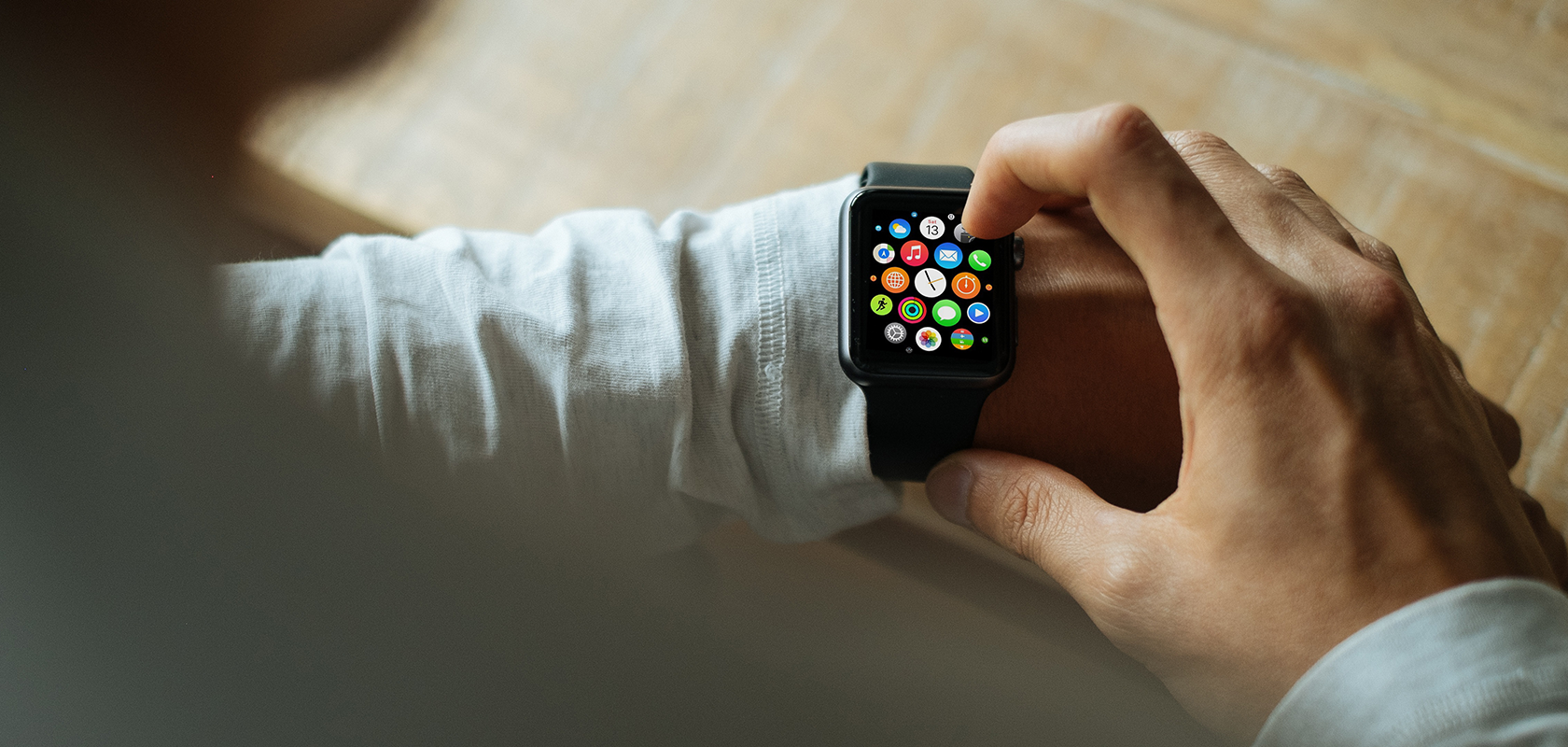In the new year, I find it helpful to look back at some design trends I used in my work last year and research ways other designers will approach their work in 2016. I wanted to share this list of some trends in user experience (UX) design that defined the web in 2015 and how they will continue to evolve in 2016.
Delightful, Humanized Moments
Designers and storytellers need to continue to find new ways to inject personality and life into their sites. Without these special moments, the web can feel quite dry. I expect to see expanded use of passive video backgrounds and warm photography that feels real and not forced. Savvy users quickly decipher stock images as cheap. Also, I hope to see more use of subtle animation where appropriate. A tasteful trigger or hover animation can help keep users engaged and delighted as they browse your site.
Personalization
Remember those choose-your-own-adventure books you read as a kid? Think of the future of interactive personalization that way. We’ll continue to develop increasingly personalized experiences and platforms for users to experience a brand, serving them different pages and content based on past browsing or shopping history. This uniqueness will lead to more meaningful interactions with users as brands seek to create special moments. This focus will force marketers to start building content around the individual rather than the larger demographic.
Material Design
In 2015, Google sought to create a unified design language that combines classical design principles with the possibilities of technology and science. The key principles of this language are material serving as metaphor; bold, intentional, flat graphics; and motion that provides meaning. This philosophy is best exemplified in many of Google’s apps and operating systems. I expect to see these principles show up in more sites in 2016. You can read more about Material Design here.
Beyond Screen Design
With the influx of wearables, designers must push themselves to design for experiences past the screen. Interactive will become more ubiquitous in our daily routines. Startups are creating wearables that range from stick-on sensors that measure vital signs to measuring ephemeral factors like how much time you spend with the people you love. I’d expect to see more innovation in the smart home market as well. My wife and I made the jump to the Nest platform last year, so I can say that, once you can control your heating and air unit from the comfort of your bed, there’s really no going back!
These are just a few things to consider for your web presence in 2016. More than anything, I recommend always focusing on the user first. As long as a happy user is your number one goal, everything else should fall into place. Maybe, with this philosophy, you’ll create a new trend that will come to define 2016. Now, let’s go make a better web.
Like this post? Keep up with us on Twitter and Facebook.




